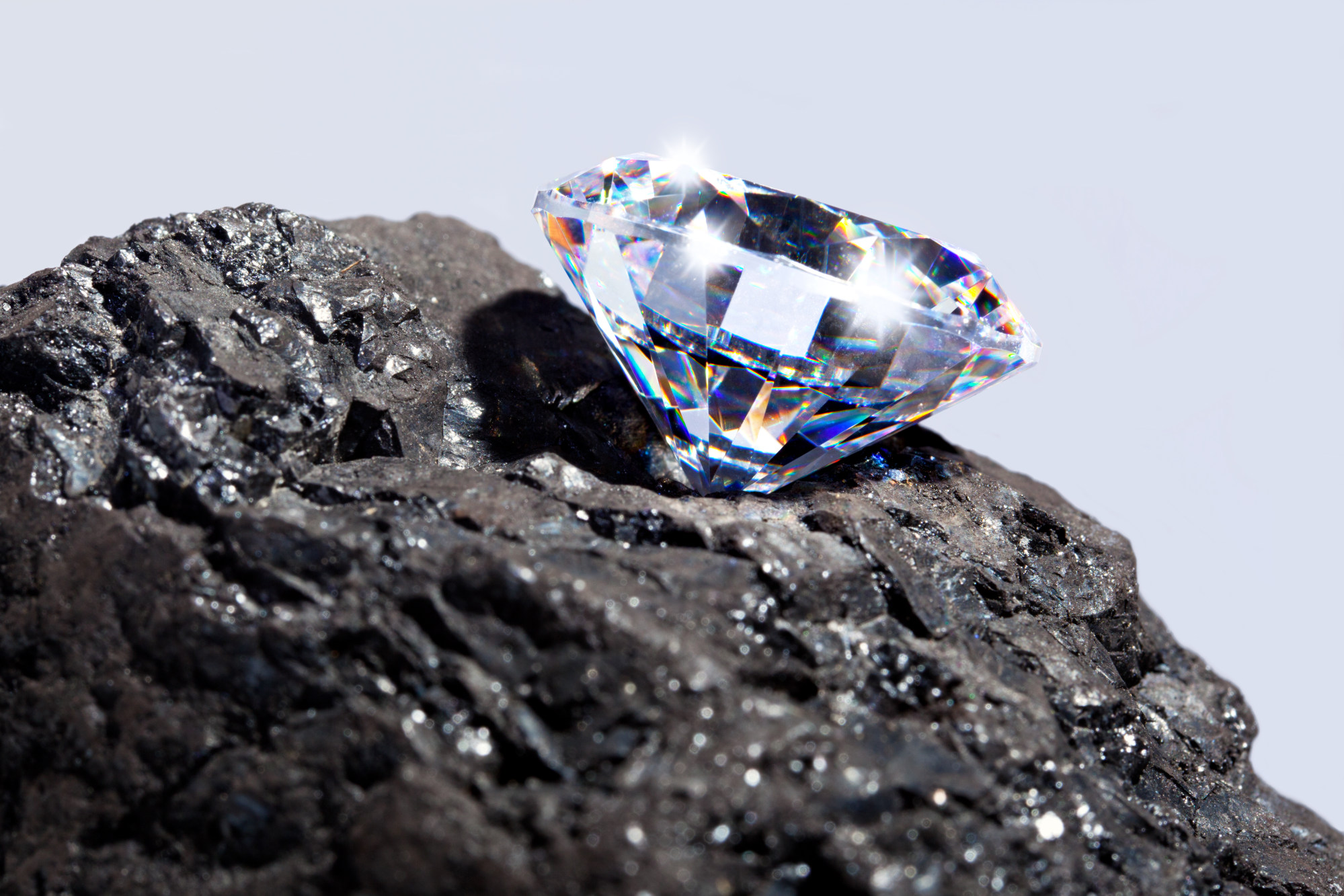
Chinese scientists produce powerful microwave chip for electronic warfare using diamond
- Researchers have created a diamond-based microwave chip that has a 30% higher power density than any other product
- It could make a huge difference in electronic warfare, boosting the performance of weapons, radar and communications
“These new devices have superior performance, including high power, high frequency and ultra-low energy consumption,” said the team led by Wang Yingmin, chief expert of the 46th research institute of China Electronics Technology Group Corporation (CETC), in a peer-reviewed paper published in the Chinese academic journal Semiconductor Technology on January 31.
While other nations are still grappling with this technology in the lab, China has already smoothed out the kinks in the production line.
“A technological breakthrough of growing diamond directly on the GaN has been achieved in the industrial process,” the scientists said.
Once considered a rare and luxurious gem, diamonds have undergone a remarkable transformation into a cost-effective industrial material in China. An uncut lab-grown diamond now costs as little as US$1 in some Chinese online stores.
This falling price has paved the way for their use in the chip industry.
However, a significant challenge with gallium nitride is its tendency to generate considerable heat during operation, which often hinders efficient heat dissipation. As a result, in practical applications, “these devices can only achieve 20-30 per cent of their theoretical performance, far from their maximum efficiency potential,” wrote Wang’s team in their paper.
Diamond, known as the material with the highest thermal conductivity in nature, has a heat transferring efficiency more than five times higher than commonly used silicon carbide materials. It also exhibits excellent physical and chemical stability, making it suitable for use in weapons and equipment that often operate in extreme environments.

Over the years, scientists worldwide have conducted many studies on the application of diamonds in high-performance conductor devices. They found that the physicochemical properties of gallium nitride and diamond are quite different, making it difficult to tightly bond them together. If they are glued together using adhesive-like materials, their heat dissipation efficiency is significantly reduced.
Wang’s team adopted a novel approach, proposing the direct growth of diamonds over the gallium nitride. Once considered a far-fetched idea, the process of growing diamonds requires extremely high temperatures and pressures, conditions that can be detrimental to gallium nitride chips.
Nevertheless, the Chinese scientists claim to have overcome this substantial engineering hurdle. First, they planted diamond “seeds” at relatively low temperatures and pressures on the surface of gallium nitride. Then they increased the heat and pressure to grow the seeds into a centimetre-wide, high-quality layer of diamond crystal.
This seemingly simple process belies its complexity, as even minor deviations can lead to the formation of graphite impurities in the diamond, significantly compromising its heat dissipation properties.
Through meticulous experimentation, Chinese scientists and engineers have refined this process, suppressing impurity formation and enabling the large-scale production of high-quality diamond substrate gallium nitride HEMT devices.
“These products hold tremendous potential for application in the field of solid-state microwave power devices for the next generation,” Wang’s team said in their paper.
‘Nowhere to hide’: Chinese scientists claim breakthrough in new tracking device
In recent years, the Chinese military has already made some significant strides in electronic warfare capabilities, bolstered by the world’s foremost and extensive communication information technology industry.
The colossal antenna masts atop the latest US Ford-class aircraft carriers and Arleigh Burke-class destroyers, reminiscent of those from World War II, have been subject to mockery as “clotheslines” on Chinese social media platforms.
Despite the US Navy’s extensive combat experience, its primary adversaries since the Cold War have predominantly been terrorist groups with minimal to non-existent retaliatory capabilities. Should they be pitted against opponents with comparable or superior technology, officers and sailors may encounter considerable pressure.
Reports indicate that the US Navy has publicly dismissed 18 frontline commanders due to a loss of confidence since last year, an unusually high tally. Many of these officers were engaged in military operations against China in sensitive waters, such as the South China Sea or the Western Pacific.
Because no live ammunition was used, some military experts speculate that the dismissal of certain US Navy commanders may be linked to a negative outcome of electronic warfare.
But China is not without competition. Japan’s Mitsubishi Electric announced in 2019 that it had developed diamond substrate gallium nitride HEMT devices in the laboratory, with plans for commercial production by 2025.
Nevertheless, even if other nations achieve similar technological feats, they may still face hurdles in competing with China in terms of production capacity and cost.
The Chinese government has been planning and investing in the artificial diamond industry for nearly two decades. In some provinces like Henan, large-scale production bases have been established with capacities far exceeding current diamond demand.
Some industry experts estimate that China can triple its diamond output if need be.



